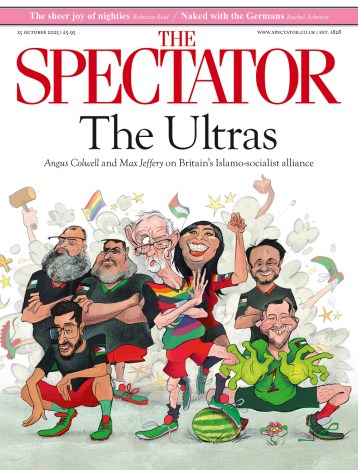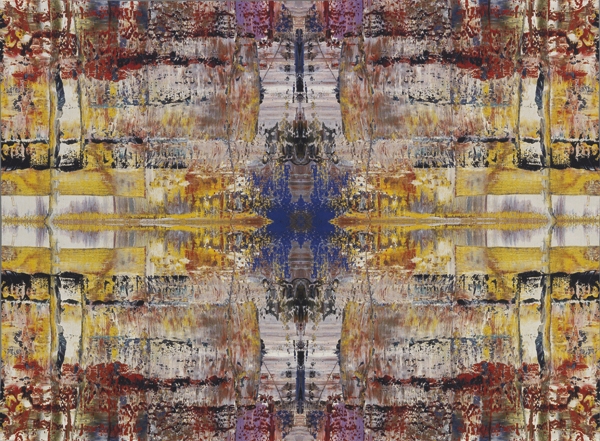Tapestries once had a place of honour in fine art, but that was during the Middle Ages and the Renaissance. Oil paintings, for a time, were viewed as the poor man’s tapestry. Now, that equation may be turning round.
‘Tapestries serve a lot of purposes,’ said Donald Farnsworth, president of Magnolia Editions, which has produced tapestries for artists such as Chuck Close, April Gornik, Alex Katz, Ed Moses, Gerhard Richter, Kiki Smith, William Wiley and others. ‘They absorb sound and add warmth to a room.’ But can they also be taken seriously as works of art?
They are certainly priced like them. Five large-scale tapestries by Chuck Close were exhibited earlier this year at the White Cube Gallery in London and sold for $150,000 each, and the Gagosian Gallery has a show of four tapestries (‘Abdu’, 2009, above) by Richter (until 27 July) that were sold to buyers before the exhibition opened.
The galleries representing most artists working with Magnolia, however, won’t touch these works. Perhaps they seem more like reproductions than original works of art. Gerhard Richter certainly didn’t sit down at a loom, and in fact these four 2009 tapestries were based on his 1990 painting ‘Abstract Painting (724-4)’. Another reason may be that art dealers think of tapestries as more artisanal than artistic. ‘The dirtiest word in the art world is “craft”,’ said Chuck Close, who has created 18 editions of tapestries since 2006. ‘Originally, my dealer didn’t want them. He told me, “I’m not a rug merchant,” but when he saw how well they were selling elsewhere, he changed his mind






Comments